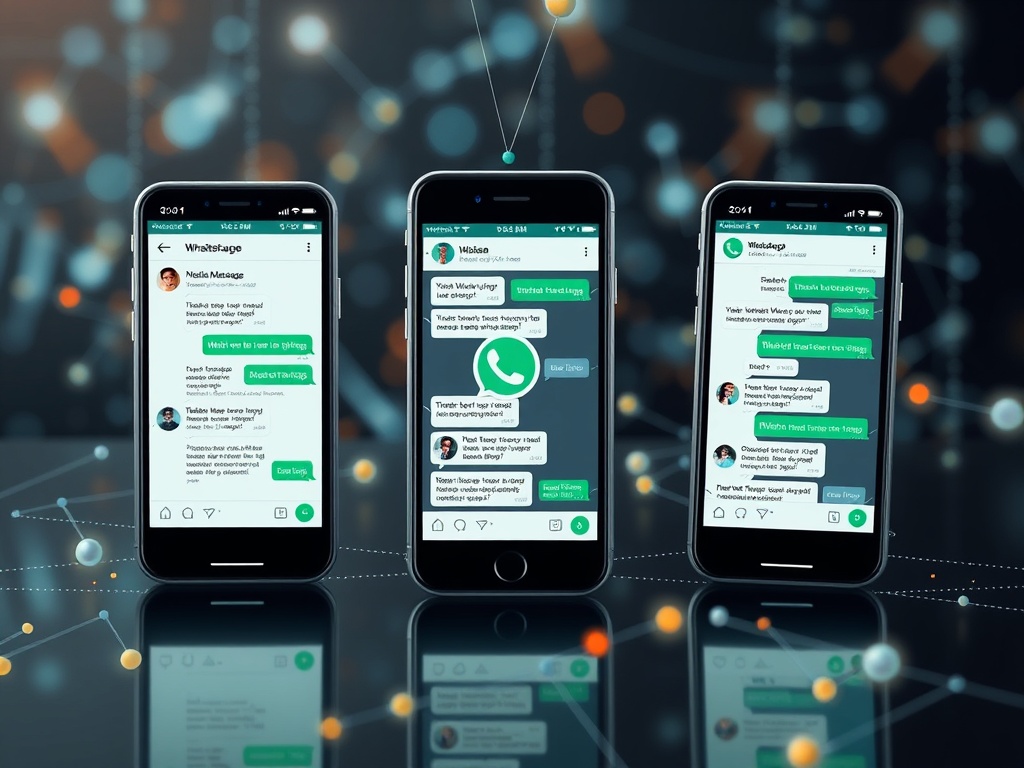WhatsApp is one of the most trusted digital channels, used by over 2.7 billion people worldwide. For businesses, this reach means instant, direct access to customers. WhatsApp message templates make it possible by keeping every message structured, compliant, and secure. Banks use them for fraud alerts, hospitals for vaccination reminders, and pharmacies for refills. Their value is reliability. Customers trust these messages because they are approved by WhatsApp. As the World Health Organization notes, reliable communication builds trust in health care, and the same principle applies across finance and retail. Templates deliver clarity, privacy, and consistency that users now expect.
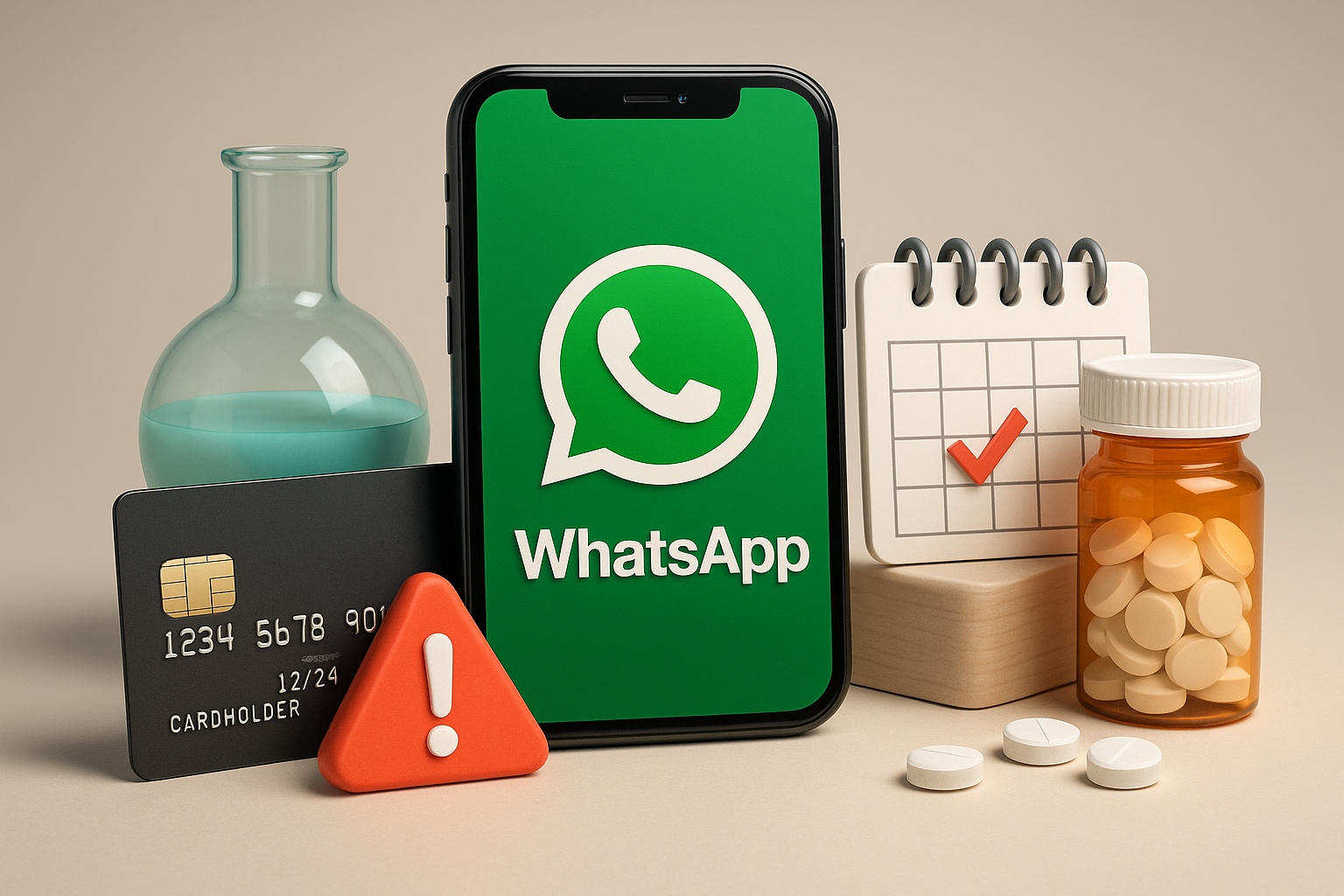
How WhatsApp Business API works
The WhatsApp Business API integrates WhatsApp with existing business platforms. It was built for medium and large companies that want to automate conversations without losing personal context. There are two main categories of messages.
Session messages are triggered when the customer starts the conversation. The business must respond within 24 hours. These messages are generally free.
Template messages are proactive. They are initiated by the business using pre approved templates. A bank can send a payment confirmation, a clinic can send an appointment reminder, or a retailer can confirm delivery.
This division ensures that communication remains relevant and controlled. Studies show that reminder messages in health settings improve outcomes. A randomized trial published in BMJ reported that personalized SMS reminders increased vaccination uptake by 19%. Applying the same logic to WhatsApp can deliver even higher engagement because people check their WhatsApp messages more often than email.
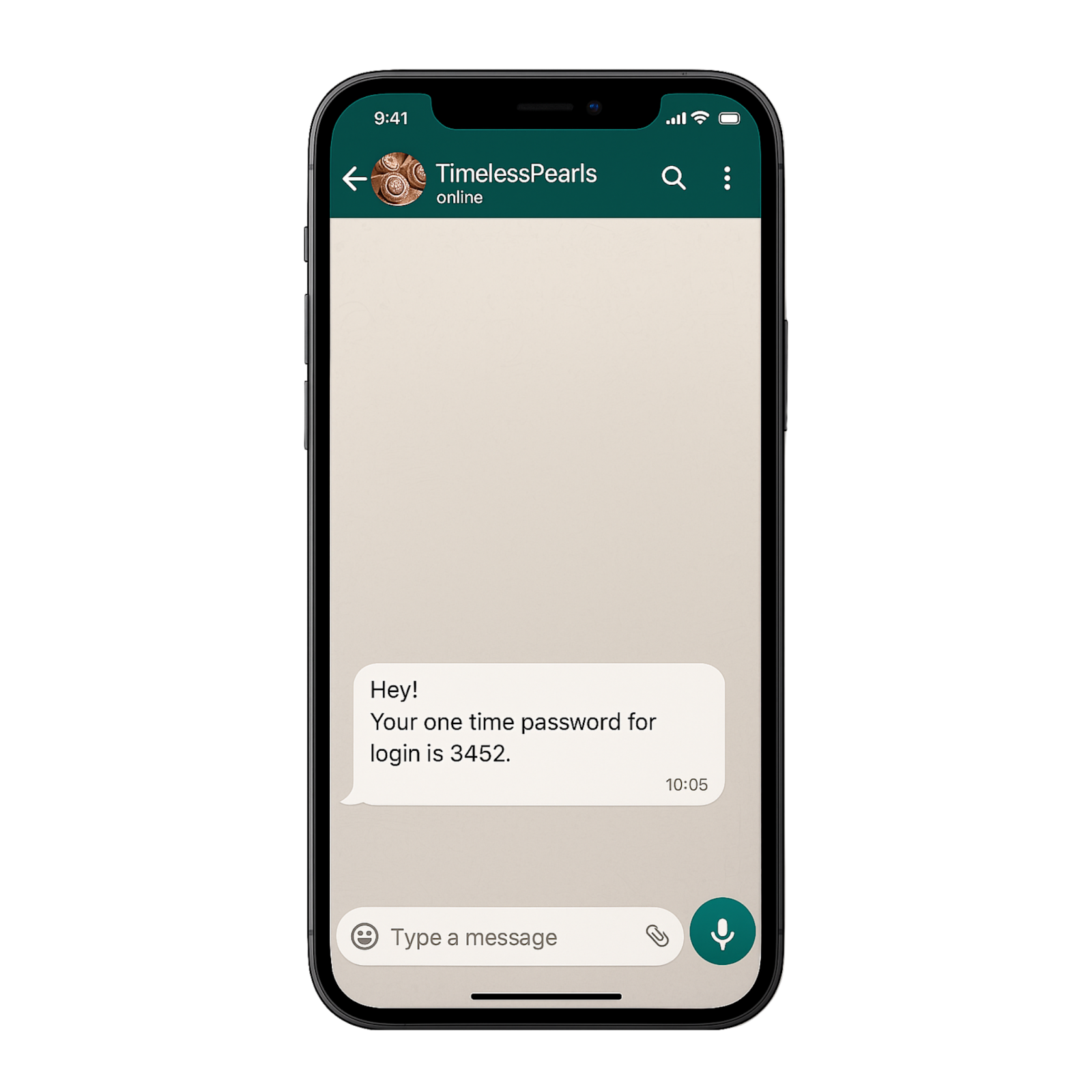
Why businesses rely on templates
For many organizations, WhatsApp templates are not only a way to meet compliance requirements. They are a foundation for efficiency, reliability, and customer satisfaction. Templates guarantee that every message follows WhatsApp’s strict rules, but they also streamline workflows and improve customer experience across industries.
Research from the National Institutes of Health shows that real time mobile communication improves adherence to treatments and medical advice. When patients receive timely reminders, they are more likely to attend appointments and take medications correctly. The same effect is seen in retail and financial services, where instant notifications increase trust and strengthen loyalty. Customers value updates that arrive quickly, without the need to log into apps or check emails.
Key advantages of templates
- Direct reach: People spend hours daily on WhatsApp, making it the most natural channel for urgent updates. A message delivered here is more likely to be seen and acted upon.
- Higher engagement: Rich media such as documents, images, or even short videos make communication clear and memorable. Interactive buttons like “Confirm” or “Reschedule” increase the chances of fast replies.
- Automation with personalization: Templates reduce repetitive manual work while still feeling personal. Placeholders allow insertion of names, dates, or order numbers, making each message unique to the recipient.
Industry examples
- Healthcare: Clinics reduce missed appointments by sending reminder templates with quick reply buttons. Patients can confirm attendance or request a new time in one tap.
- Banking: Financial institutions lower call center loads by confirming transactions or sending fraud alerts directly through templates. Customers gain security, while banks cut operational costs.
- Retail: Online stores improve customer satisfaction by sending order and delivery updates with embedded tracking links. This reduces uncertainty and boosts repeat sales.
Hidden benefits
Beyond obvious efficiency, templates also:
- Improve regulatory compliance, since every message format is pre approved
- Build brand trust, because customers know updates are legitimate and not spam
- Provide scalability, allowing thousands of personalized notifications to be sent within minutes
- Enable multilingual communication, since businesses can create versions for different languages and markets
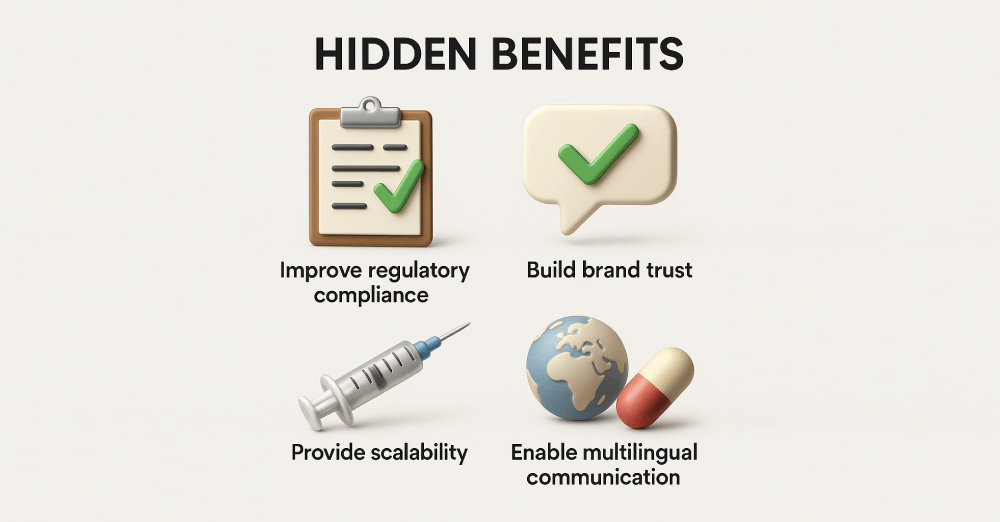
In short, WhatsApp templates are more than a communication tool. They are a strategic asset that combines compliance, personalization, and automation to deliver measurable gains in customer engagement and operational efficiency.
Best practices when using templates
Templates are effective only when designed with the end user in mind. Research published in PubMed shows that patients engage more with messages that are clear, concise, and personalized. This insight is not limited to healthcare — retail, finance, and service industries all see higher response rates when communication is simple and relevant.
Core best practices
- Keep it short and polite: Messages overloaded with details are ignored. Direct language respects customer time.
- Personalize with placeholders: Adding {{name}}, {{order_number}}, or {{date}} creates familiarity and trust.
- Add call to action buttons: A single tap to confirm, pay, or reschedule eliminates friction.
- Use quick replies: Predefined answers simplify decisions and guide customer behavior.
- Test templates before launch: Controlled testing reveals hidden errors and ensures smooth rollout.
- Monitor and adapt: Analyze open rates, clicks, and response times to refine strategy continuously.
Additional expert tips
- Segment audiences: Send templates tailored to specific customer groups, such as first time buyers or repeat patients.
- Respect timing: Messages sent during peak activity hours see higher engagement.
- Stay consistent in tone: Polite, professional language improves brand credibility.
The role of technology
Advanced platforms like the Graphlogic Generative AI and Conversational Platform help automate personalization at scale. With AI driven adjustments, templates adapt to customer behavior, improving results. Companies using such tools report:
- Up to 30% higher open rates compared to static templates
- Stronger engagement across both small and large campaigns
- Faster approvals due to compliant formatting and policy alignment
These outcomes highlight how combining design discipline with technology unlocks the full potential of WhatsApp templates.
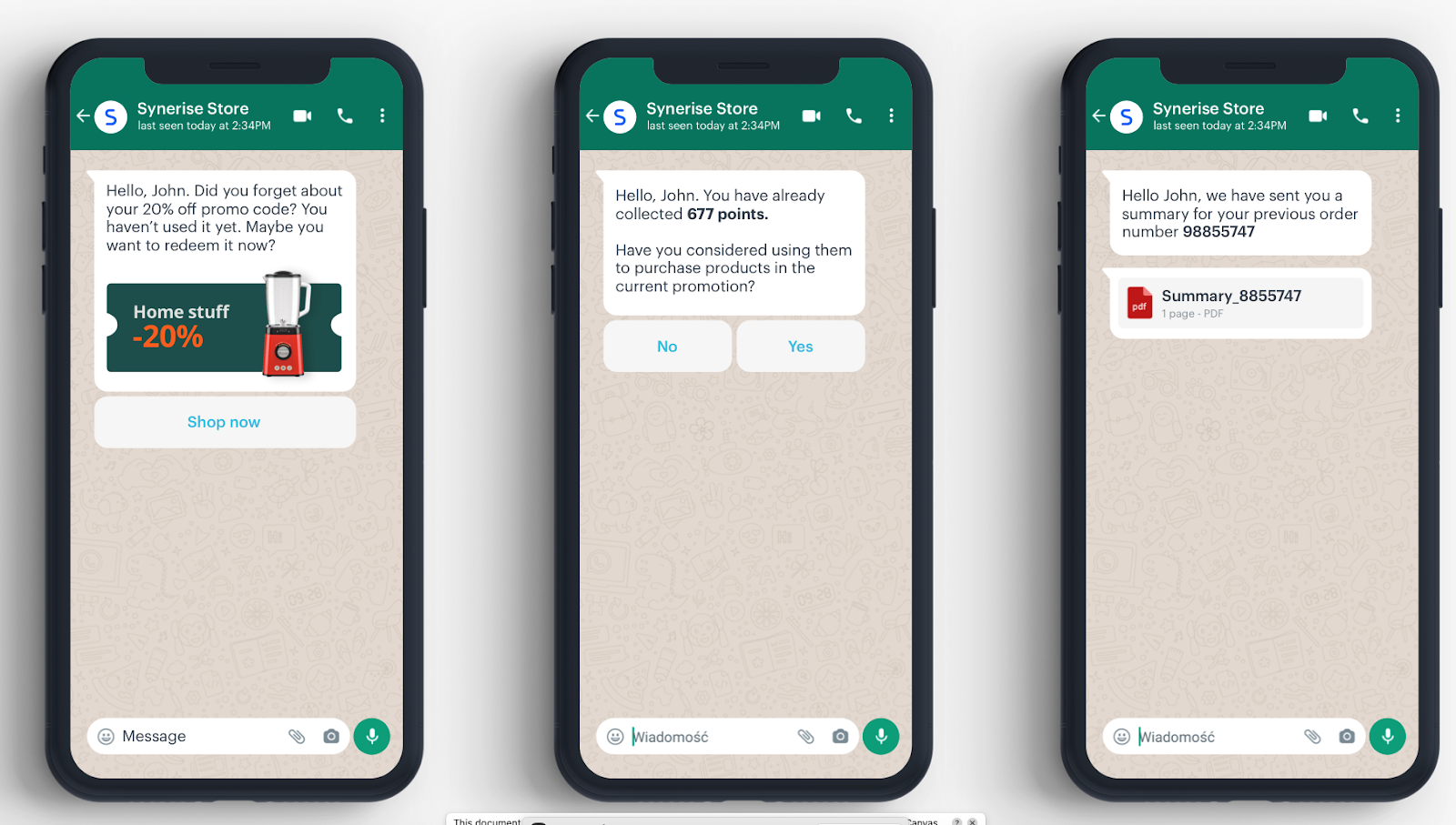
Pricing and cost structure
Understanding WhatsApp’s pricing model is essential to avoid hidden costs. Businesses must plan for two distinct categories:
- Session messages: Free if sent within 24 hours of customer initiation. These encourage quick and timely responses.
- Template messages: Paid, with rates based on recipient country and total message volume.
Cost differences in practice
The gap between markets is significant. For example:
- Sending 10,000 template messages in North America can cost several times more than the same campaign in South Asia.
- High volume campaigns in premium markets like Western Europe or the United States quickly accumulate expenses.
Strategies to control spending
- Focus on quality, not quantity: Fewer well targeted messages deliver better ROI than broad campaigns.
- Analyze regional pricing: Budget planning should account for cost differences between markets.
- Use analytics to optimize: Identify top performing templates and concentrate on them.
Key industry insight
Leaders in healthcare, banking, and retail agree on one principle: indiscriminate campaigns are both costly and ineffective. Targeted, value driven templates not only reduce expenses but also improve engagement and strengthen trust. By aligning strategy with WhatsApp’s cost model, businesses gain efficiency without compromising communication quality.
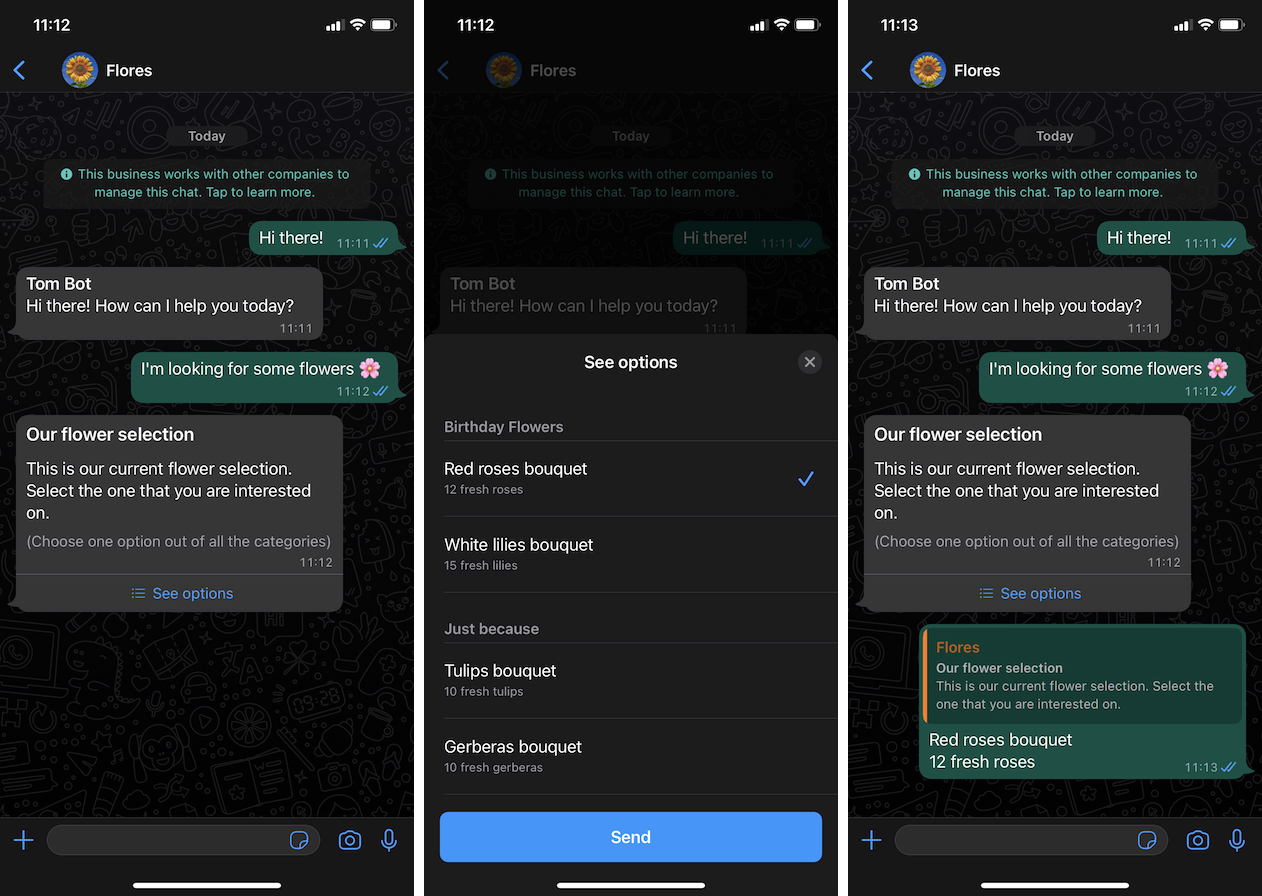
Best practices when using templates
Templates are effective only when designed with the end user in mind. Research published in PubMed shows that patients engage more with messages that are clear, concise, and personalized. This insight is not limited to healthcare — retail, finance, and service industries all see higher response rates when communication is simple and relevant.
Core best practices
- Keep it short and polite: Messages overloaded with details are ignored. Direct language respects customer time.
- Personalize with placeholders: Adding {{name}}, {{order_number}}, or {{date}} creates familiarity and trust.
- Add call to action buttons: A single tap to confirm, pay, or reschedule eliminates friction.
- Use quick replies: Predefined answers simplify decisions and guide customer behavior.
- Test templates before launch: Controlled testing reveals hidden errors and ensures smooth rollout.
- Monitor and adapt: Analyze open rates, clicks, and response times to refine strategy continuously.
Additional expert tips
- Segment audiences: Send templates tailored to specific customer groups, such as first time buyers or repeat patients.
- Respect timing: Messages sent during peak activity hours see higher engagement.
- Stay consistent in tone: Polite, professional language improves brand credibility.
The role of technology
Advanced platforms like the Graphlogic Generative AI and Conversational Platform help automate personalization at scale. With AI driven adjustments, templates adapt to customer behavior, improving results. Companies using such tools report:
- Up to 30% higher open rates compared to static templates
- Stronger engagement across both small and large campaigns
- Faster approvals due to compliant formatting and policy alignment
These outcomes highlight how combining design discipline with technology unlocks the full potential of WhatsApp templates.
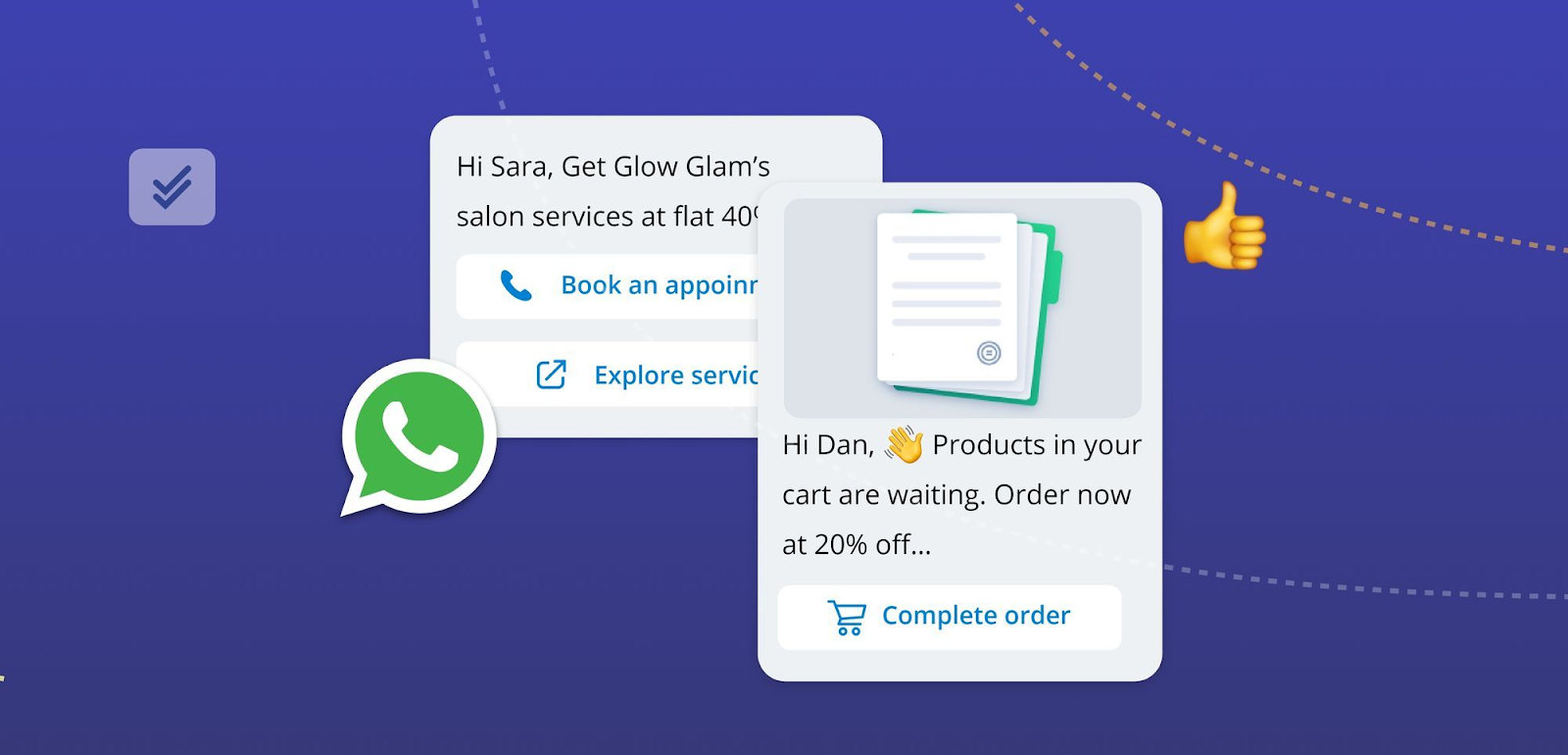
Pricing and cost structure
Understanding WhatsApp’s pricing model is essential to avoid hidden costs. Businesses must plan for two distinct categories:
- Session messages: Free if sent within 24 hours of customer initiation. These encourage quick and timely responses.
- Template messages: Paid, with rates based on recipient country and total message volume.
Cost differences in practice
The gap between markets is significant. For example:
- Sending 10,000 template messages in North America can cost several times more than the same campaign in South Asia.
- High volume campaigns in premium markets like Western Europe or the United States quickly accumulate expenses.
Strategies to control spending
- Focus on quality, not quantity: Fewer well targeted messages deliver better ROI than broad campaigns.
- Analyze regional pricing: Budget planning should account for cost differences between markets.
- Use analytics to optimize: Identify top performing templates and concentrate on them.
Key industry insight
Leaders in healthcare, banking, and retail agree on one principle: indiscriminate campaigns are both costly and ineffective. Targeted, value driven templates not only reduce expenses but also improve engagement and strengthen trust. By aligning strategy with WhatsApp’s cost model, businesses gain efficiency without compromising communication quality.

Integrating templates with automation systems
The impact of WhatsApp templates grows when integrated with business systems. On their own, they provide structure and compliance. Connected with automation platforms, they transform operations.
Examples of integration:
- Healthcare: Scheduling systems trigger automatic appointment reminders
- E commerce: Order confirmations and delivery updates are sent without manual work
- Finance: Transaction alerts and fraud warnings are automated in real time
Benefits include:
- Reduced manual workload
- Faster response times
- Consistent communication across all customers
- Lower risk of human error
Voice functionality extends reach even further. The Graphlogic Text to Speech API turns text templates into spoken messages. This is especially useful in healthcare where:
- Elderly patients may prefer voice over text
- Visually impaired users require spoken communication
- Missed appointments can be prevented through clearer reminders
Common challenges
Even with clear benefits, businesses face recurring obstacles when working with WhatsApp templates. These challenges often affect approval speed, compliance, and message delivery. By understanding the most frequent issues and applying proven solutions, organizations can keep communication reliable and efficient. The table below highlights the key problem areas and practical ways to address them.
| Challenge | Description | Solution |
| Approval delays | Common during peak periods | Submit templates early and run internal testing before submission |
| Compliance risks | Templates with promotional content or exceeding limits are rejected | Review WhatsApp policy updates regularly to stay compliant |
| Deliverability issues | Outdated contact lists or poor timing reduce engagement | Use clean verified lists and send at optimal times |
| Case example | A financial services company improved results by | – Cleaning inactive contacts
– Scheduling during business hours – Tracking analytics to refine campaigns |
Trends and forecasts
The future of WhatsApp messaging is being shaped by rapid technological advances.
- Smarter chatbots are emerging as core tools. AI powered bots are now able to manage complex conversations, answer detailed questions, and provide personalized support. An example is Yellow.ai’s VoiceX, a voice agent that demonstrates how AI can handle human-like interactions. For businesses, this means round the clock support at scale without increasing staffing costs.
- Richer media is another major trend. Templates now support images, videos, and even payment links. This creates seamless experiences. A customer can receive a reminder, view a document, and complete a payment without leaving WhatsApp. It reflects a broader shift toward mobile commerce where convenience and speed drive conversion rates.
- Stronger analytics close the loop. New API features provide detailed reporting on delivery rates, open rates, and customer engagement. Businesses can test templates, compare performance, and refine strategies based on hard data. This data driven approach ensures that campaigns remain effective even as customer expectations evolve.
In health care, forecasts suggest deeper integration with electronic health records. Patients may soon receive secure updates on prescriptions or test results through WhatsApp. In retail, embedded payment links are likely to shorten customer journeys. Both trends point toward WhatsApp becoming not just a messaging tool but a transactional platform.
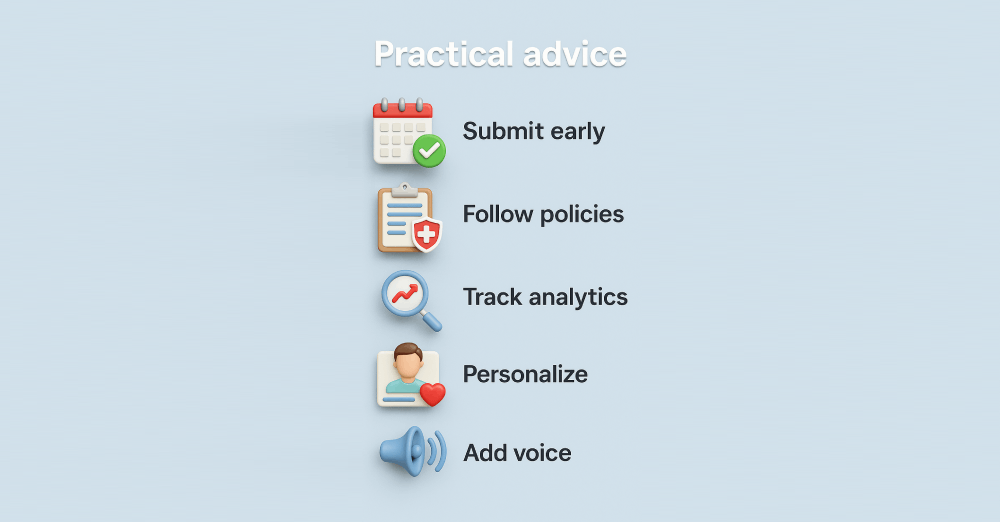
Practical advice for businesses
- Submit templates early especially before seasonal campaigns
- Stay updated on WhatsApp policy changes to avoid rejections
- Use analytics to find the best performing templates
- Personalize messages to improve response rates
- Consider adding voice functionality for older audiences
Final thoughts
WhatsApp message templates have matured into a strategic tool for communication. They are reliable, compliant, and scalable. They save time while improving customer satisfaction.
Industries that rely on trust such as health care, finance, and retail benefit most. They can send sensitive updates with confidence that the channel is secure and familiar.
With the integration of AI, automation, and voice, WhatsApp templates are moving from simple alerts to interactive journeys. Businesses that adapt quickly will gain competitive advantage and closer customer relationships.
FAQ
Templates are submitted through the WhatsApp Business Manager. Automated checks happen first. Manual review may follow if needed. Approval can take minutes but sometimes several hours.
No. Templates must be transactional or informational. Promotional content leads to rejection. Examples include appointment reminders, delivery updates, or payment confirmations.
Session messages are free within 24 hours of customer initiation. Template messages are charged per country and per volume. Sending 10,000 templates in North America costs more than in South Asia.
The header is limited to 60 characters. The body can be up to 1,024 characters. The footer is limited to 60 characters. Placeholders are allowed in the body.
Keep contact lists clean. Test templates before campaigns. Send messages at optimal times. Use analytics to refine strategy.
